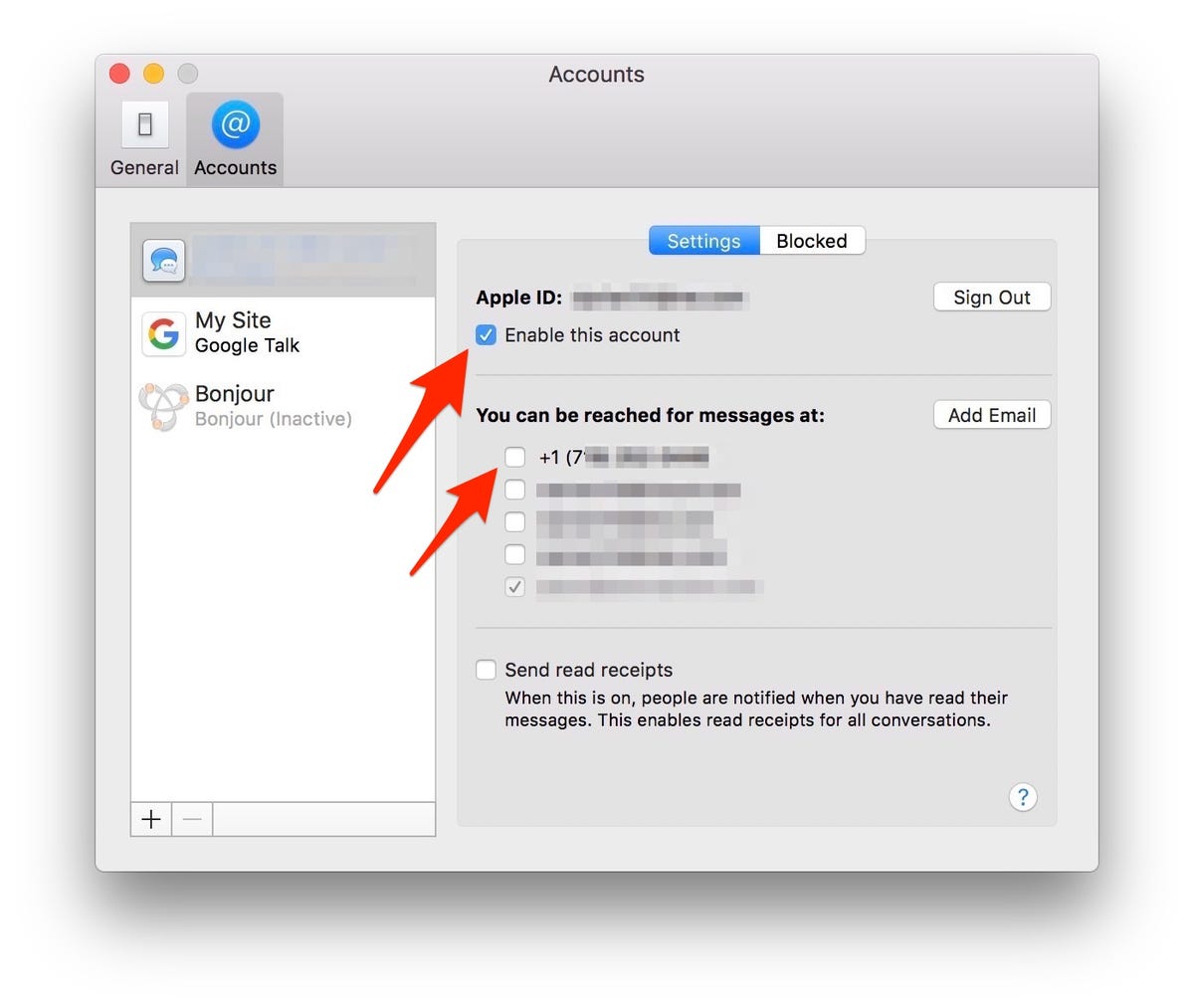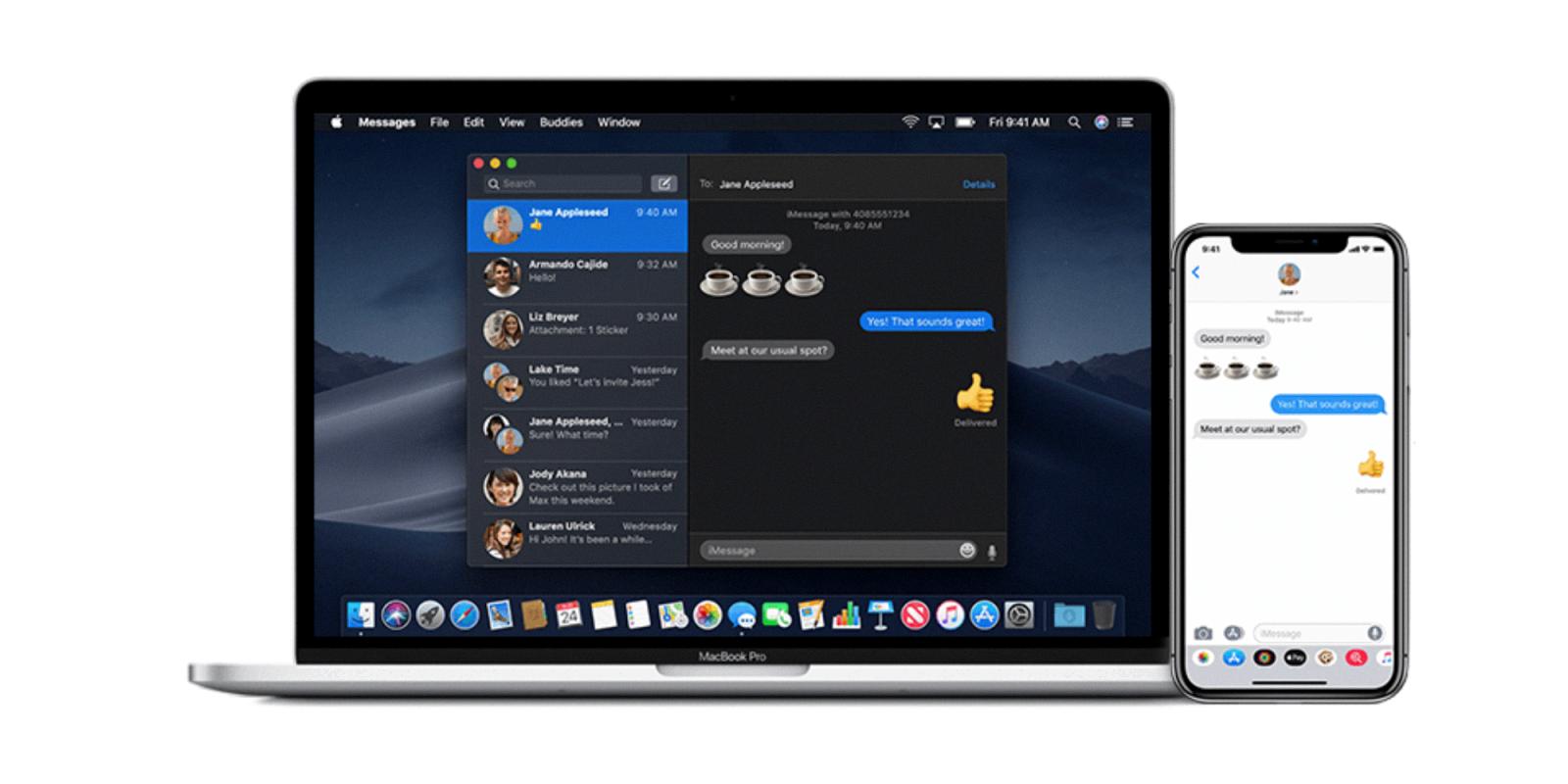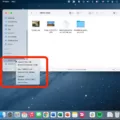If you’re a Mac user, you’re probaby familiar with iMessage – the popular messaging service from Apple that allows you to send and receive messages from other Apple devices. But what if you want to turn off iMessage on your Mac? Well, fortunately, it’s easy to do.
First, open the Messages app on your Mac. In the menu bar at the top of the screen, click “Messages” and then select “Preferences.” This will open a new window containing various settings related to your Messages account. On this window, select the “iMessage” tab. Under this tab, you’ll see an option titled “Sign Out.” Click this and confirm that you want to sign out of your account by clicking “Sign Out” again in the confirmation pop-up window that appears next.
Once you have signed out of your iMessage account, it will no longer be active on your Mac and you won’t receive any more messages until you sign into your account again. If at any point in time you wish to turn iMessage back on, simply follow the same steps outlined above and select “Sign In” intead of “Sign Out.”
We hope this post has been helpful in guiding you through how to turn off iMessage on your Mac! If there are any further questions or concerns regarding this process or regarding Mac as a whole, please feel free to contact us for assistance.

Turning Off iMessage on a Mac
To turn off iMessage on your Mac, you will need to open the Messages app. Once the app is open, click on the ‘Messages’ tab then select ‘Preferences’. In the Preferences window, select the ‘iMessage’ tab and then click on ‘Sign Out’. A confirmation window will appear asking you to confirm that you want to sign out from your account; click ‘Sign Out’ again. By doing this, you will have successfully turned off iMessage on your Mac and will no longer receive messages until you sign back into your account.
Stopping iMessage Syncing Between iPhone and Mac
To stop iMessage from syncing betwen your iPhone and Mac, you’ll need to sign out of iMessage on both devices.
On your iPhone, go to Settings > Messages > Send & Receive and tap Sign Out at the bottom of the page. On your Mac, open the Messages app, then choose Messages > Preferences > iMessage. Select Settings and select Sign Out. Confirm that you want to sign out when prompted. Once you have signed out of iMessage on both devices, messages will no longer sync between them.
Stopping iMessage from Going to Multiple Devices
To stop iMessage from gong to multiple devices, you will need to go to Settings > Messages, and turn off the switch for iMessage.
Once this is done, open the Messages app, and tap on Send & Receive. You will then be able to uncheck any email address that is listed under “You Can Be Reached By iMessage At”. This will prevent any messages sent to thse addresses from being sent to additional devices.
If you are using FaceTime, you can also go into Settings > FaceTime and turn off any devices or emails that are listed there in order to prevent incoming calls or messages from going thrugh those devices as well.
Unlinking an iPhone from a Mac
To unlink your iPhone from your Mac, you’ll need to go to System Preferences on your Mac and select Apple ID. On the sidebar, select your iOS device and then select ‘Remove from account’.
On your iPhone, head over to Settings > [Your Name]. Then, select the macOS device you want to unlink and tap ‘Remove from account’. After that, the two devices will be unlinked and can no longer sync data or settings.
Stopping iPhone Messages From Going to Computer
To stop your iPhone Messages from ging to your computer, you need to disable the ‘Messages in iCloud’ feature. To do this, open the Messages app on your iPhone and go to Preferences in the Messages menu found in the top left of your screen. In Preferences, click Accounts, then uncheck the box next to “Enable this account.” This will stop your iPhone Messages from syncing with your computer and only keep them on your phone.

Source: 9to5mac.com








